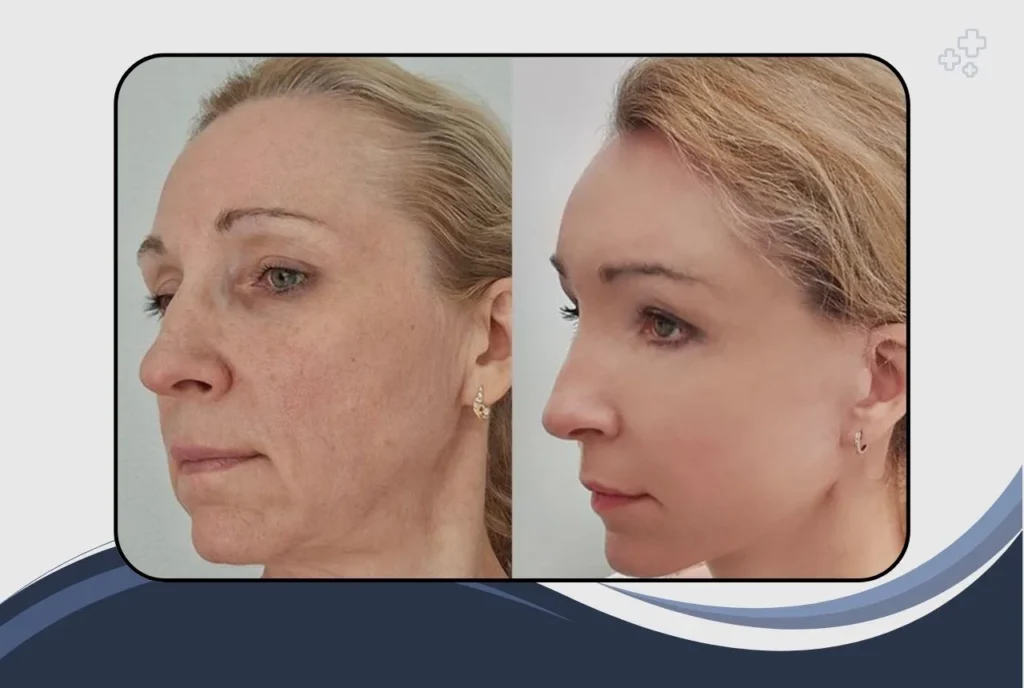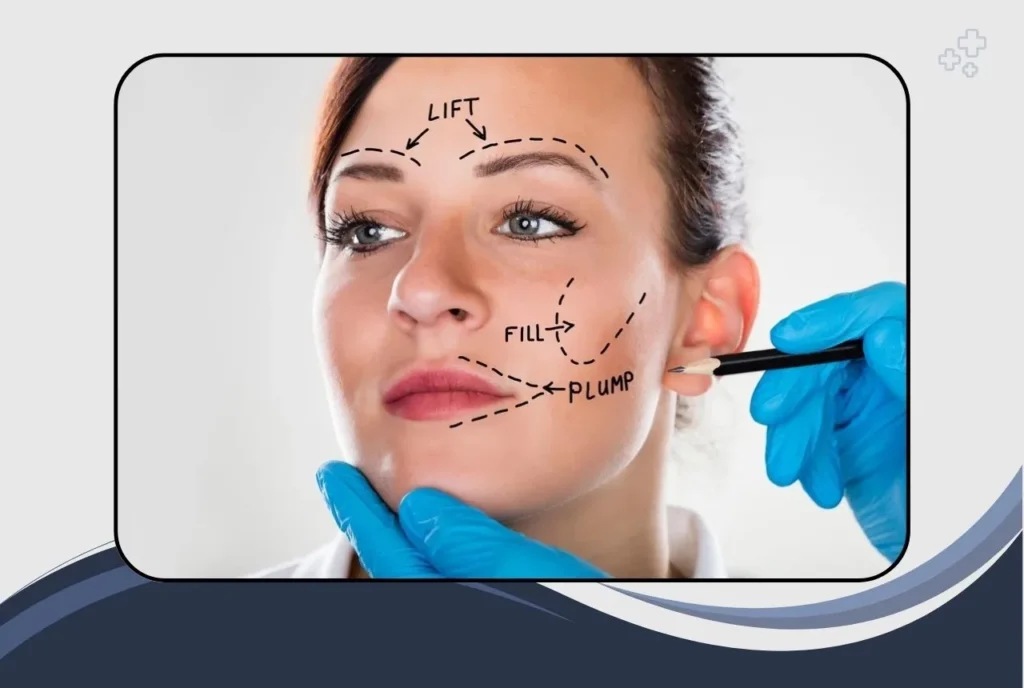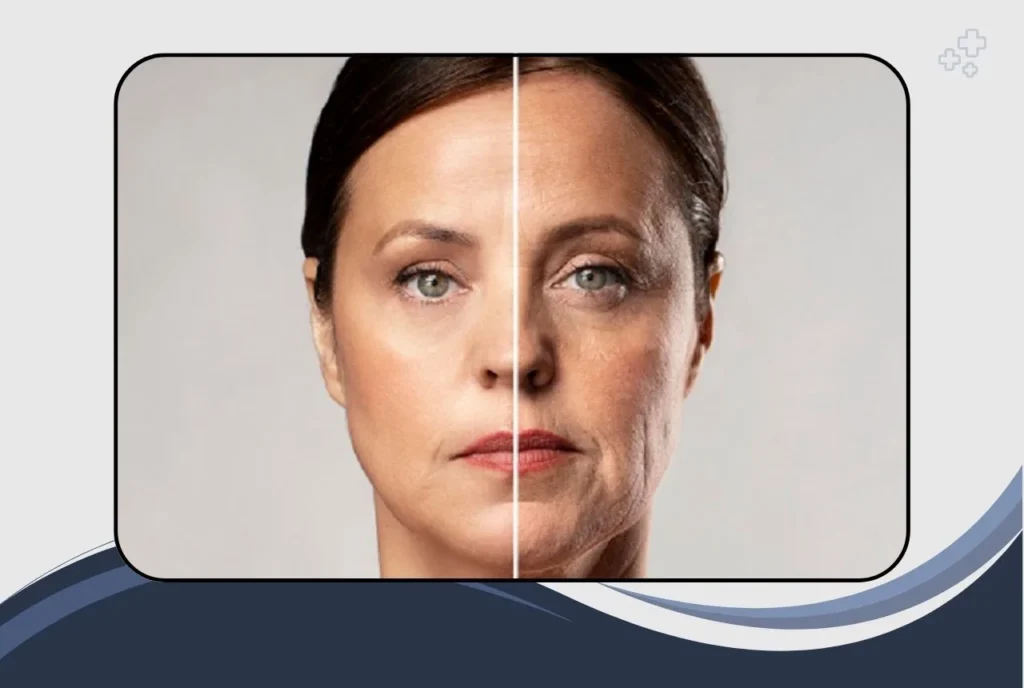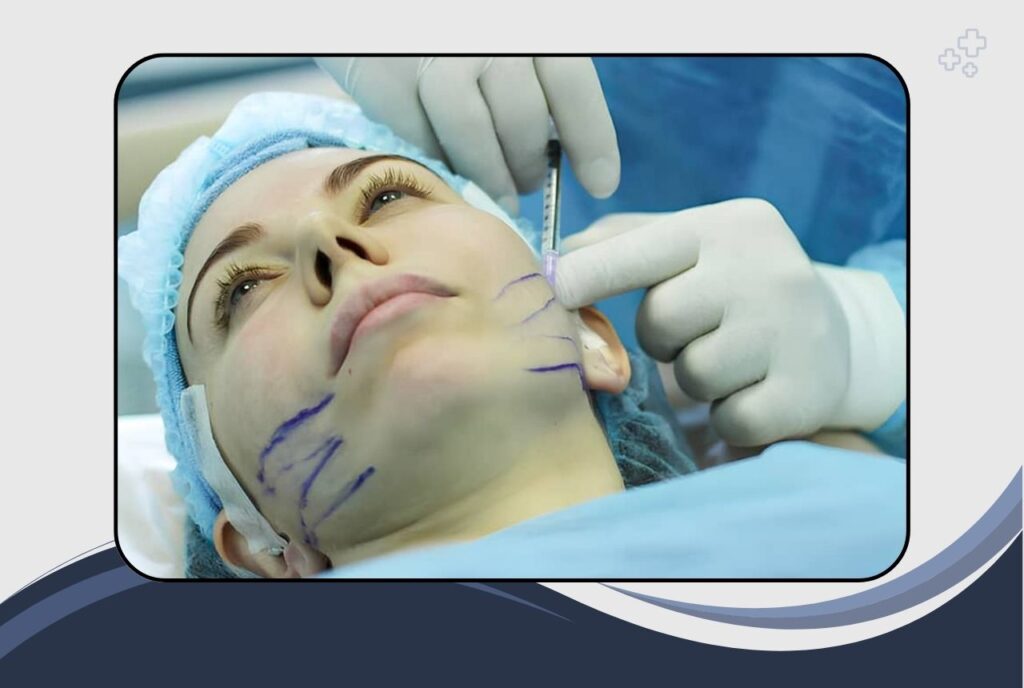Aging is a natural and inevitable part of life, and while aging is a part of life, rhytidectomy surgery can help restore a youthful appearance by reducing wrinkles and lifting sagging skin, so you don’t have to settle for deep wrinkles, sagging skin, or a tired, worn‑out look. Facelift surgery, also known as rhytidectomy surgery, offers a powerful and lasting solution to help you look as young as you feel.
This advanced cosmetic procedure is designed to reverse the visible signs of aging by tightening facial muscles, removing excess skin, and improving overall facial contours. Whether you’re concerned about loose skin, jowls, or deep facial folds, a facelift can restore a smoother, firmer, and more youthful appearance.
In this comprehensive guide, we’ll explore everything you need to know about facelift and rhytidectomy surgery, from benefits and techniques to recovery and results.
What Is a Facelift?
A facelift, medically known as rhytidectomy surgery, is a cosmetic surgical procedure aimed at reversing visible signs of aging on the face and neck. It involves lifting and tightening the underlying facial muscles, removing excess skin, and repositioning facial tissues to create smoother, firmer contours. This comprehensive approach helps improve skin elasticity and redefine the natural structure of the face.
Facelift surgery is particularly effective in addressing:
- Deep wrinkles and facial folds
- Sagging jowls or cheeks
- Loose, hanging skin around the jawline or neck
- A loss of youthful volume and facial definition

While non-surgical options like fillers or laser treatments can offer temporary improvements, rhytidectomy surgery delivers longer-lasting and more dramatic results. It is especially beneficial for individuals looking for significant facial rejuvenation that can take years off their appearance. With expert technique, a facelift can enhance both facial harmony and self-confidence.
Types of Facelift Procedures
There are several types of facelift surgeries, each tailored to individual concerns and aesthetic goals:

1. Traditional Facelift
This is the most comprehensive facelift option. The surgeon makes incisions along the hairline and around the ears, lifting and tightening the skin and underlying tissues to restore facial contours.
2. Mini Facelift
The mini facelift is less invasive and suitable for individuals with mild to moderate sagging in the lower face. Recovery is typically quicker, and the procedure focuses on tightening the jawline and lower cheeks.
3. Neck Lift
Often performed alongside a facelift, a neck lift targets loose, sagging skin under the chin and along the neck, creating a smoother and more youthful neck profile.
4. Endoscopic Facelift
Using smaller incisions and a specialized camera, the endoscopic facelift provides subtle lifting, particularly around the mid-face area, with minimal scarring and a quicker recovery.
Each type of rhytidectomy surgery can be customized to meet your specific aesthetic needs.
Who Is a Good Candidate for Facelift Surgery?
Ideal candidates for facelift surgery are generally between 40 and 70 years old, though age alone is not a strict factor. You may be a good candidate if you:

- Have sagging skin or deep facial creases
- Are in good physical health
- Do not smoke or are willing to quit before and after the procedure
- Have realistic expectations for the results
A thorough consultation with a qualified plastic surgeon is essential to determine if rhytidectomy surgery is right for you.
The Facelift Procedure: What Happens During Surgery?
A facelift typically takes 2 to 4 hours and is performed under general anesthesia or local anesthesia with sedation. The process usually includes:
- Incision: Strategic cuts are made around the hairline, ears, and sometimes under the chin.
- Tissue Tightening: The surgeon lifts and tightens underlying facial muscles and connective tissues.
- Skin Repositioning: Excess skin is removed and the remaining skin is re-draped for a smoother, firmer look.
- Closure: Sutures or skin adhesives are used to close the incisions, minimizing scarring.

Modern rhytidectomy surgery techniques are designed to produce natural-looking results without the “overdone” appearance.
Potential Risks and Complications
While facelift surgery is generally safe, it is still a surgical procedure and comes with potential risks, including:
- Temporary swelling or bruising
- Infection at the incision site
- Hematoma (collection of blood under the skin)
- Nerve injury (usually temporary)
- Minor asymmetry or scarring
Choosing a board-certified surgeon and following all pre- and post-operative instructions significantly reduces these risks.
Facelift Recovery and Aftercare
Recovery after rhytidectomy surgery varies depending on the type of procedure and individual healing response. Most patients can return to normal activities within 2 to 4 weeks.
Recovery Tips:
- Rest: Give your body time to heal. Avoid strenuous activity for 3-4 weeks.
- Cold Compress: Helps reduce swelling and bruising in the initial days.
- Follow-Up Visits: Attend all scheduled appointments to monitor healing.
- Skincare: Use gentle, surgeon-recommended products to keep the area clean and moisturized.
You’ll start seeing visible improvements within a few weeks, with full results becoming more apparent as swelling subsides. A well-performed facelift can take years off your appearance and boost self-confidence.
Long-Term Results: How Long Does a Facelift Last?
The results of facelift surgery can last up to 10 years, depending on your lifestyle and skin condition. While the natural aging process continues, your face will always appear younger than if you had not undergone the procedure. To maintain results:
- Protect your skin from sun damage
- Stay hydrated and eat a balanced diet
- Avoid smoking and excessive alcohol
- Consider complementary treatments like fillers or skin resurfacing

Many patients find that rhytidectomy surgery offers a renewed sense of confidence and a significant improvement in their overall appearance.
Final Thoughts
A facelift is more than just a cosmetic enhancement. It is a rejuvenating journey that helps restore both your youthful appearance and inner confidence. If you’re struggling with sagging skin, deep wrinkles, or an overall tired facial expression, rhytidectomy surgery offers a lasting and effective solution. It can dramatically improve facial contours, reduce visible signs of aging, and provide results that look natural and refreshed.
Before moving forward, it is essential to consult a qualified cosmetic surgeon who can assess your needs, explain the procedure, and outline realistic outcomes. With careful planning and expert care, a facelift can deliver results that not only enhance your appearance but also boost your self-esteem for years to come.

